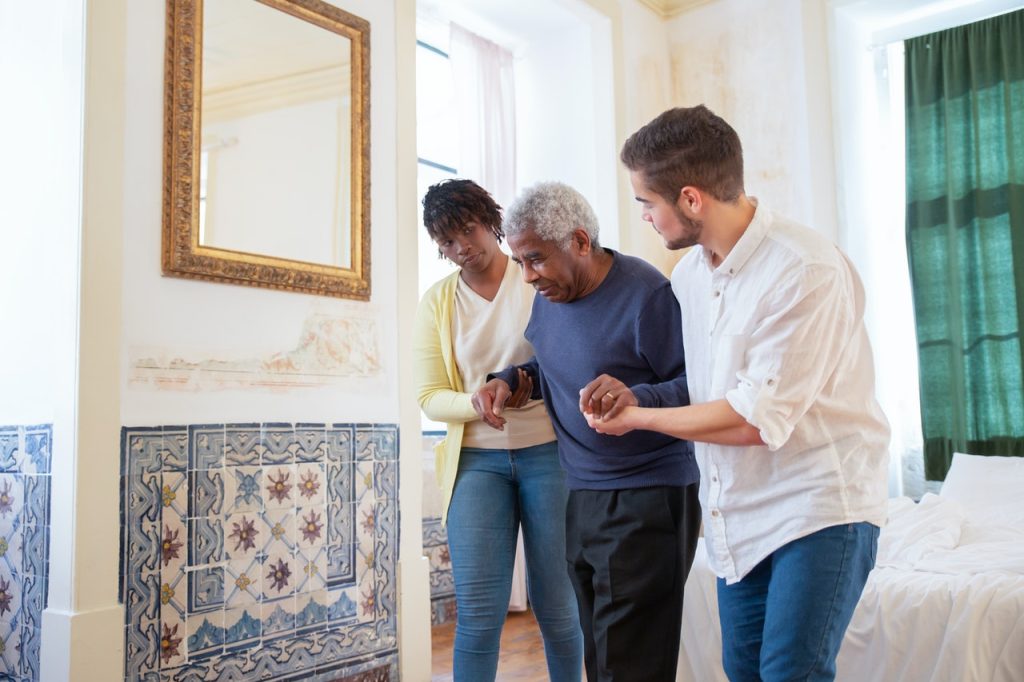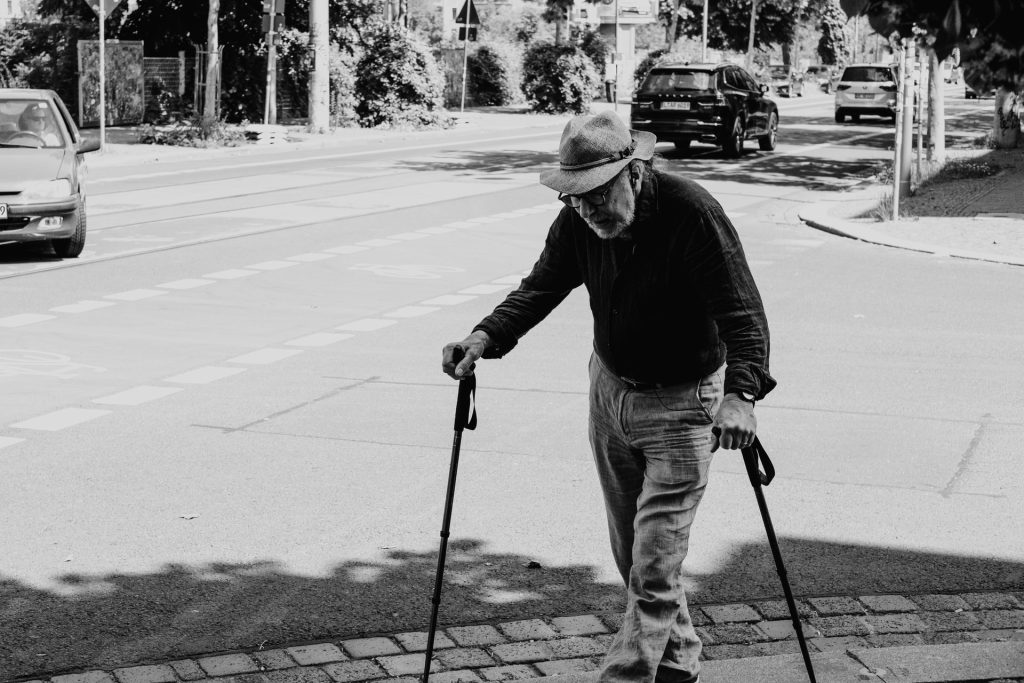Number of Steps Matters More for Older Women’s Health than the Frequency
4000 steps once/twice weekly is associated with 26% lower risk of death rising to 40% if done on 3 days of the week – but it’s daily step count rather than number of days that matters, findings suggest

Clocking up at least 4000 daily steps on just 1 or 2 days per week is linked to a lower risk of death and cardiovascular disease among older women, according to research published online in the British Journal of Sports Medicine.
This large prospective study examined not only how many steps older women take but how often they reach their step targets across the week, addressing a key gap in current physical activity guidelines.
Researchers found that achieving at least 4000 steps per day on 1-2 days per week was associated with a significantly lower risk of death and lower risk of cardiovascular disease (CVD), compared with not reaching this level on any day.
A large body of evidence shows that lifelong physical activity is important for improving the healthspan, say the researchers. But it’s not entirely clear how much physical activity people should do as they age to reap appreciable health benefits, particularly in respect of step counts which are yet to make it into physical activity guideline recommendations, they add.
To explore this further, they set out to look at the associations between daily step counts of between 4000 and 7000 and death from all causes and from cardiovascular disease in older women.
They also wanted to find out if the total number of daily steps might drive any observed associations, rather than the frequency of achieving step count thresholds, with a view to informing future guidelines–in particular the US Physical Activity Guidelines, the next edition of which is planned for 2028.
The study followed 13547 women (average age 71) from the US Women’s Health Study who wore accelerometers (activity trackers) for seven consecutive days between 2011–2015 and were tracked for nearly 11 years. The women were free of cardiovascular disease or cancer at the start of the study.
During the monitoring period of nearly 11 years up to the end of 2024, 1765 women (13%) died and 781 (5%) developed cardiovascular disease.
Clocking up at least 4000 steps/day on 1–2 days of the week was associated with a 26% lower risk of death from all causes and a 27% lower risk of a cardiovascular disease death compared with not reaching this threshold on any day of the week.
For those achieving this step count on at least 3 days of the week, the lower risk of death from any cause increased to 40%, but remained at 27% for the risk of cardiovascular death.
But while higher daily step counts of 5000 to 7000 on 3 or more days of the week were associated with a further fall in all-cause mortality risk (32%) they were associated with a levelling out in cardiovascular disease mortality risk (16%).
When the findings were adjusted to take account of average daily steps, previously observed associations weakened, suggesting that [average] steps is the key driver of the protective effect, suggest the researchers.
This is an observational study, and as such, no firm conclusions can be drawn about cause and effect. The researchers also acknowledge that physical activity was assessed only for 1 week, and therefore couldn’t account for variations in behaviour over longer periods, nor did they have information on dietary patterns.
Nevertheless, they suggest: “The present study….suggests that frequency of meeting daily step thresholds is not critical (even 1–2 days/week of ≥4000 steps/day was related to lower mortality and CVD), and that step volume is more important than the frequency of meeting daily step thresholds in the older population.”
And they go on to explain: “An important translational implication of these findings is that since step volume is the important driver of the inverse associations, there is no ‘better’ or ‘best’ pattern to take steps; individuals can undertake [physical activity] in any preferred pattern (eg, ‘slow and steady’ vs ‘bunched patterns’) for lower mortality and CVD risk, at least among older women.”
They conclude: “These findings provide additional evidence for considering including step metrics in the next [physical activity] guidelines, and that ‘bunching’ steps is a viable option for health.”
Source: BMJ Group








